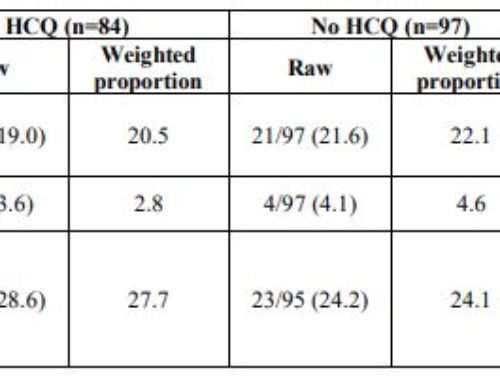Yes, I said “downstaffing.”
Staffing for anticipated surges in volume is probably the first thing that comes to your mind. While that is what we all fear, many hospitals appear to have experienced DECREASED volume as cases of COVID-19 began to emerge in the local community. When COVID-19 begins to appear locally, social distancing measures are instituted, states of emergency are declared, schools close, and hospitals in many instances turn to virtual visits and cancels elective surgeries. Think about it – this sends the message to the entire community to stay away from the hospital. With the community getting a resounding message to stay at home, the last place people want to come to is their local hospital. With the ambulatory visits decreasing, there are also less referrals to the hospital (similar in some ways to the weekend/holiday effect). Cancellation of elective surgeries may also decrease hospitalist consult volume.
What I was surprised at most is that programs may be OVERSTAFFED at first. If this happens, the WRONG thing to do is cancel shifts. If volume decreases considerably, definitely identify ways to downsize in-person hospitalists. This has a couple of advantages, (1) keeps your staff as rested as possible prior to increases in volume, (2) limits staff interactions with one another and patients, decreasing the risk of hospitalists getting sick.
The other key advantage, however, pertains to what the hospitalists who do not come in actually do. Instead of just having them take a day off, take the opportunity to develop and trial remote roles. Can a hospitalist triage from home, do cross-cover from home, or help keep you on target with your communication strategy. If they can, this represents an important proof of concept that you can roll out when things really heat up, and the big advantage to enabling remote roles is that the risk of transmission with patients and other staff members decreases (no better way to socially distance than having fewer staff in the hospital).
Do not wait to downstaff, or take a “I’ll think about this tomorrow” strategy. It cannot wait. You will increase the likelihood of maintaining a healthy workforce by doing this now. You will test out important clinical roles that can be done remotely. You will keep more people rested prior to the anticipate large increase in volume. Try to keep different people home on different days, if possible, therefore distributing the rest to different staff, obviously taking into account many factors (how much someone worked recently and how much they are working it the next week, limitation of interruptions in patient continuity and hand-offs, etc).
Decrease the number of in-hospital staff while you can – the morale boost and benefit of testing remote procedures will be well worth it.



How do you factor in compensation when you downstaff? Recoup time/money by getting staff work when surge?
Hi Amare, great question. I think it would be best to find a way for them to work now remotely, and just count that as a shift. There are countless policies and processes to figure out in order to plan for the surge, and you need all the help you can get. You want to be sure to spread the wealth – don’t give the same 1-2 people the ability to work from home every day they are scheduled to be on service until the surge. Spread it out – it will be a welcome change in pace for many and leadership will find the support very helpful.
When the surge comes, keep in mind that everyone’s vacation and travel plans, kids sporting events or performances, are all cancelled. The volunteerism will be substantially more as compared to typical times, when we all may struggle to find coverage for open shifts. That is due to many conflicts that families have, but most of those have become irrelevant with school closures and all of the social distancing.